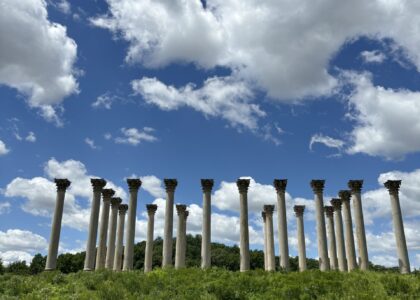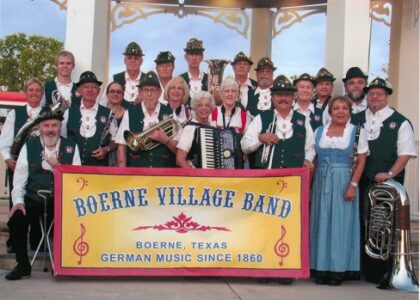Welcome to Antelope Canyon, a geological marvel and a sacred site for the Navajo Nation located near Page, Arizona. Known to the Navajo people as ‘Tsé bighánílíní,’ or ‘The place where water runs through rocks,’ this stunning slot canyon was formed over hundreds of years by the relentless flow of water through sandstone. This natural wonder is divided into two main sections: Upper Antelope Canyon, also called ‘The Crack,’ and Lower Antelope Canyon, known as ‘The Corkscrew.’
Upper Antelope Canyon, the most photographed slot canyon in the world, is celebrated for its breathtaking light beams, which occur mostly during the spring and summer months. These beams of sunlight create a surreal atmosphere, shining through the canyon’s narrow openings and illuminating its vibrant red and orange sandstone walls.
Antelope Canyon holds a place of deep spiritual significance for the Navajo Nation. The canyon is a symbol of the gifts of Mother Nature and the passage of time, representing a cathedral of natural beauty that inspires reverence and respect. Every four years, the Navajo people bless the canyon to give thanks for the natural elements that have shaped its unique formations.
In 1997, Antelope Canyon was designated as a Navajo Tribal Park, and access has since been restricted to guided tours only. This ensures the preservation of its natural beauty and cultural significance. Visitors today can explore the canyon with the guidance of Navajo tour operators, like Antelope Canyon Navajo Tours, which is operated by Dalvin Etsitty, a member of the Begay family and a longstanding member of the Navajo Nation.
Another notable section of the canyon is Canyon X, located just 12 miles southeast of Page. This lesser-known part of Antelope Canyon offers a more intimate experience, away from the crowds of the upper and lower sections. Managed by Taadidiin Tours, a Navajo-owned company, Canyon X provides visitors with a serene exploration experience, showcasing the intricate intersections of two slot canyons that form an ‘X’ shape.
Antelope Canyon is not only a testament to the power of natural forces but also a reminder of the rich cultural history of the Navajo people. As you explore these majestic canyons, take a moment to reflect on the generations of Navajo who have walked these lands, drawing inspiration from their beauty and preserving their legacy.





